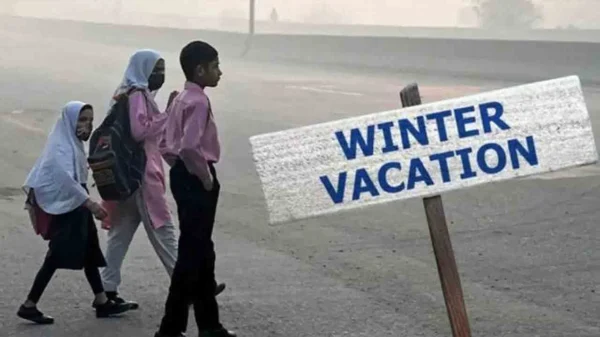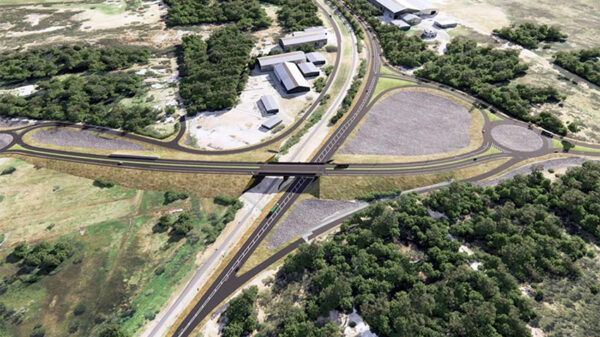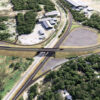America’s forever war has suddenly turned into a long suspension of uncertainty for countries in the neighborhood of the war torn Afghanistan. A civil war is waiting to happen inside. And outside, terror-filled air seems lurking over the region, far and wide. Almost about 85 percent of Afghanistan has already fallen to Afghan Taliban virtually without serious bloody clashes. Tajik, Uzbek, Iranian, Chinese and Pakistani orders are being reinforced to prevent the war from spilling over and also to block the possibility of new waves of refugees.
So far the Taliban have not tried to attack the handful of cities including Kabul seemingly well defended by the Afghan Armed Forces. Neither have they tried to
cross over the Tajik borders across which the Afghan troops have decamped escaping the onrushing Taliban.
What’s next for the Taliban? Two decades, thousands of lives, and hundreds of billions of U.S. dollars later, the Taliban have all the momentum in Afghanistan. How far can they advance into Afghanistan? Will they abandon some of their extremist views as they try to polish their international image?
The 2021 Taliban are said to have little in common with their 2001 pre-war on terror incarnation. The movement has evolved from a largely Ghilzai Pashtun rural guerrilla insurgency to a more inter-ethnic arrangement, incorporating Tajiks, Uzbeks and even Shi’ite Hazaras – a group that was mercilessly persecuted during the 1996-2001 years of Taliban power.
Reliable figures are extremely hard to come by, but 30% of the Taliban today may be non-Pashtuns. One of the top commanders is ethnically Tajik – and that explains the lightning-flash “soft” blitzkrieg in northern Afghanistan across Tajik territory.
The governments in the neighborhood seem all tongue-tied as they could neither
extend their whole-hearted support to Ghani regime in Kabul lest they burn the
bridges they would need to cross in the process of engaging the Taliban and nor
could they greet the Taliban lest they damage the chances of engaging with a
Ghani-led transitional Afghan regime.
The Taliban had been to Moscow four months earlier, along with the extended
troika (Russia, US, China, Pakistan) to debate the new Afghan power equation.
On the latest trip, they emphatically assured their interlocutors there’s no Taliban
interest in invading any territory of their Central Asia neighbors.
Kabul’s refusal to form a transitional government is “promoting a belligerent
solution” to the drama. This implies that the neighbors expect much more flexibility
from both Kabul and the Taliban in the Sisyphean power-sharing task ahead.
Meanwhile, Pepe Escobar (Say hello to the diplo-Taliban, published in Asia Times on July 9, 2021) has quoted Mohammad Suhail Shaheen, the spokesman for the
Taliban political office claiming “taking Afghanistan by military force is not our
policy. Our policy is to find a political solution to the Afghan issue, which is
continuing in Doha.”
“That’s absolutely correct. The Taliban don’t want a bloodbath. They want to be
embraced. As Shaheen has stressed, it would be easy to conquer major cities – but there would be blood. Meanwhile, the Taliban already control virtually the whole border with Tajikistan.
“The inhabitants, speaking Dari, are now turning over their villages and towns to
Tajik Taliban as a matter of trust. Very few – if any – Pashtuns from Kandahar or
Jalalabad are involved.
“Thinking ahead to “when an Islamic government is in place,” Shaheen insists
there will be “good relations” with every nation, and embassies and consulates will
not be targeted.”
The Russians, for one thing, are already engaging the Taliban, in detail, and may
soon strike their name off their terror list.
The Chinese, for another, are assured that if the Taliban commit Afghanistan to join the Belt and Road Initiative, connecting via the China-Pakistan Economic Corridor, ISIS-Khorasan will not then be permitted to go on overdrive in Afghanistan bolstered by Uyghur jihadis currently in Idlib.
Closer home, Pakistani leaders are convinced they can use their leverage over the Taliban to win concessions from the US. American combat troops will have left Afghanistan by September. That’s also when the International Monetary Fund conducts a much-delayed review of its $6 billion bailout of Pakistan. Prime Minister Imran Khan, is very conscious that elections are only two years away. So, the budget his government presented last month didn’t quite meet the IMF’s demands. Khan also doesn’t want to abandon the so-called Riyasaat-i-Madina welfare state he promised voters in 2018. The IMF won’t be happy. The government hopes that the US need for help in stabilizing Afghanistan after the withdrawal should give Pakistan “some space,” particularly when it comes to the IMF. Playing such games has not served Pakistan well in the past. The last time Afghanistan fell to the Taliban, Pakistan had to deal with a flood of refugees and the permanent destabilization of its Pashtun-majority border areas. Worse, the Taliban have incubated and inspired other extremist movements, including in Pakistan itself. Between 2008 and 2016, the Pakistani version of the Taliban struck at will across the country — most horrifically, killing 132 schoolchildren in an army school in Peshawar in December 2014.
Geopolitical conditions are also less favorable now for Pakistan. Islamabad in the past prospered by picking the American side in the cold war. But a world increasingly shaped by disputes between the US and China doesn’t look to be as profitable.
Khan told the New York Times that what he really wanted was for the US and China to “get on and trade with each other” — perhaps so his government could receive handouts from both. But the U.S. doesn’t trust a Pakistan that it fears will use bailout money to repay Chinese loans. And China would certainly not feel comfortable being seen using loans to sustain CPEC.










